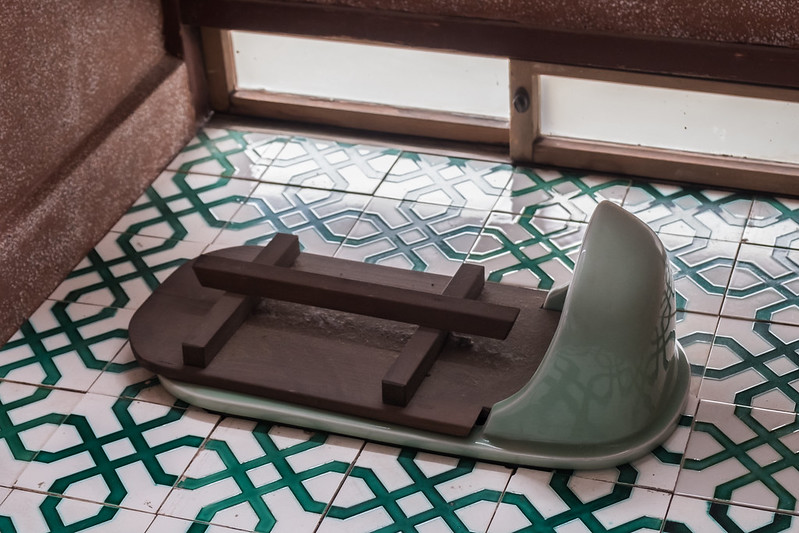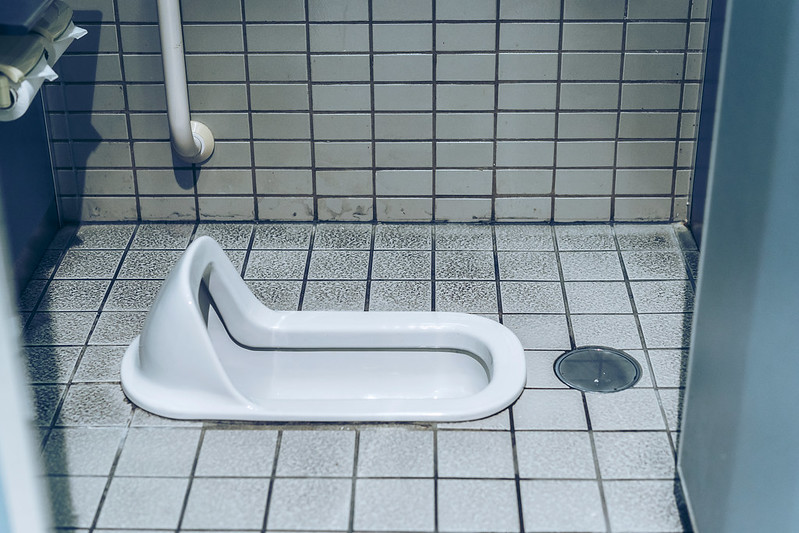
Benefits of the Washiki: Japanese-style Squat Toilet
Cleanliness is important in Japanese culture. The traditional custom of removing shoes when entering a home and even a doctor’s clinic in Japan is still observed today.
Toilets were always kept separate from bathing areas until only recently. But many of us may squirm at the idea of using a squat toilet when having to do the deed, not to mention that it would be practically unimaginable to not have a book, newspaper, iPad, or iPhone to keep us company while we sit on our thrones. Squatting while we do the deed seems simply ridiculous. You may have to just hold that thought . . .
A squat toilet is a type of toilet used in a squat position rather than sitting. It is commonly made of porcelain and can even be just a hole in the ground. It is essentially positioned much lower on the ground to make it easier for the user to squat. The “pedestal” squat toilet is probably the only exception: it is the same height as a sitting toilet.
A common complaint among washiki users is that most of their weight is placed on the thighs and calves. In fact, this position is healthier according to some medical experts who say “the anoretical angle is much better when in a squatting position and the rectum is “straighter”, allowing the browns to slip by unobstructed.”
The late Dr. Denis Burkitt, of the U.K., believed that defecating in a squatting position can even help prevent colorectal cancer. Here are some other health benefits of squat toilets:
- Prevents fecal stagnation, a factor in colon cancer, inflammatory bowel disease, and appendicitis.
- Squatting prevents pressure on the uterus for pregnant women and the practice helps them prepare for a more natural way of giving birth.
- It is an effective, non-invasive treatment for hemorrhoids.
- The position helps the thighs support the colon to prevent straining which can cause hernias, pelvic organ prolapse, and diverticulosis.
- It relaxes the puborectalis muscle that normally constricts the rectum.
- It protects the nerves responsible for controlling the bladder, prostrate, and uterus from strain and damage.
- It effectively seals the ileocecal valve that is found between the colon and small intestine. Usually in the conventional sitting position this valve remains unsupported and wastes can contaminate the small intestine.
The next time you encounter a squat toilet, keep all its health benefits in mind.
